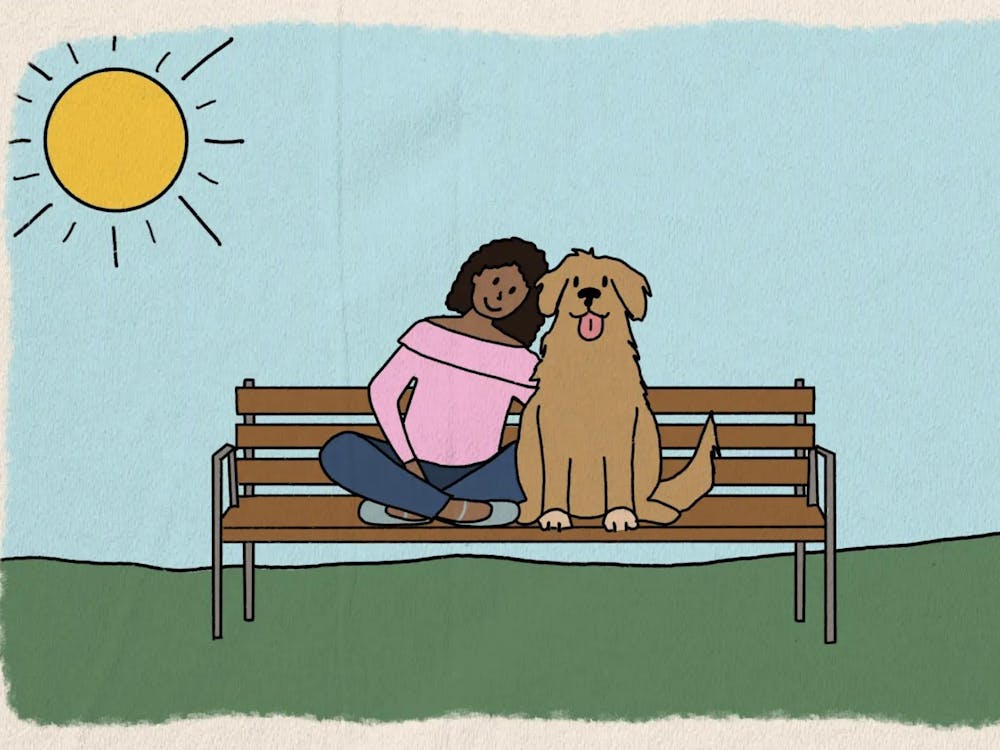Like many other girls at this University, I am mildly addicted to Pinterest.
Until recently, I was under the impression Pinterest was entirely dominated by women. It’s easy to scan a lecture hall and see dozens of girls scrolling through perfect photographs of shoes, home improvements and healthy tailgate dip recipes.
Between Alderman and Starbucks, I have racked up hundreds of hours of “study time” on Pinterest, but never in my four years have I stumbled upon a male Pinterest-er. Though my surveying has been informal, like watching television through a neighbor’s window, there remains no evidence men are using Pinterest.
It appears digital scrapbooking does not appeal to men and women equally. So naturally, I was shocked to see the actual numbers.
The Ahalogy 2014 Pinterest Media Consumption study defines an active user as someone who logs in once a month. According to the Pew Research Center’s 2013 Social Media Update Report, 8 percent of men use Pinterest and men account for around 20 percent of users.
Statistics don’t affect me the way anecdotal evidence does, so hearing these facts didn;t immediately convince me. But when I continued to read the study, the numbers began to take on meaning.
The active male on Pinterest is usually single and living alone, compared to predominantly married female users. When Pinterest men log on, they are usually in search of a specific long-term project, in contrast to women who spend more time browsing and window-shopping. Male Pinterest users are more likely to actually purchase a product once seeing it on Pinterest, and tend to be wealthier.
Is having a social media platform dominated by female users bad for business? Bad for online communities? Bad for advertisers?
These questions led me to inquire how other factors — such as changes to the site’s policy on advertising — will impact its increasing level of depolarization.
Pinterest’s advertisement-free policy will no doubt change eventually. There is already talk of “promoted pins” being released by the end of this year. Will these advertisements play into the growing, more equally distributed gender ratio?
For me, Pinterest is an outlet for female sharing. The notion of sharing images and ideas amongst women of all ages strikes me as promising, and I’d like for it to develop further. Maybe one day, it will morph into the platform of modern feminists.
Allison’s column runs biweekly Thursdays. She can be reached at a.lank@cavalierdaily.com.





